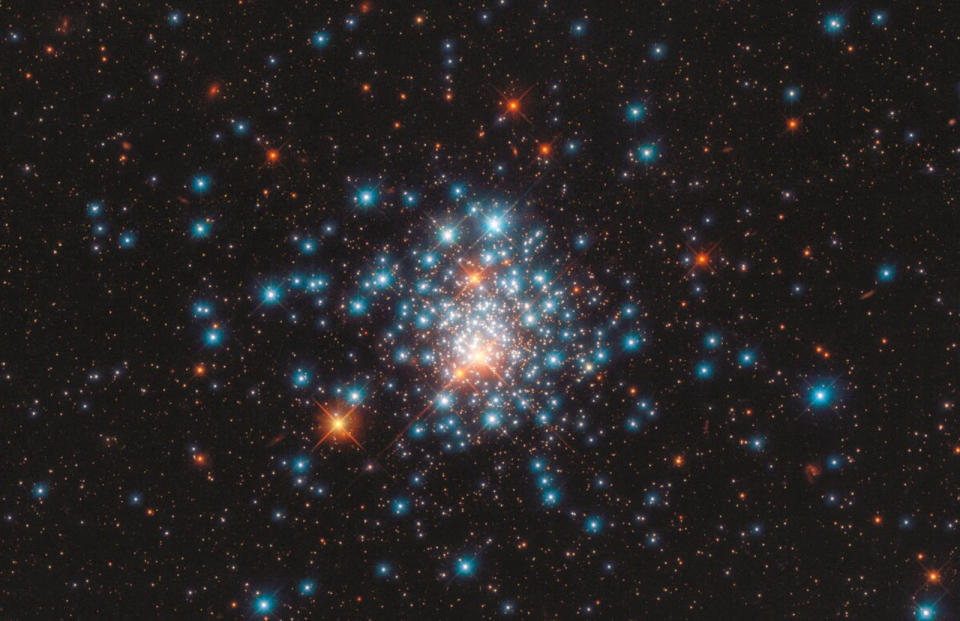Mysterious invisible walls may have been discovered in outer space

If you purchase an independently reviewed product or service through a link on our website, BGR may receive an affiliate commission.
Scientists suspect that a “fifth force” may be at work in space. This force, which they believe is mediated by a hypothetical particle called a symmetron is responsible for creating invisible walls in space.
The walls aren’t necessarily like the walls of a room. Instead, they are more like barriers. And, they could help explain an intriguing part of space that has left astronomers scratching their heads for quite a while.
Today's Top Deals
What?! Apple AirPods Pro are down to the lowest price of 2022
Have a dog or a cat? Get the legendary Chom Chom Roller pet hair remover for $25
New study could explain “invisible walls in space” that have perplexed astronomers for years

The Lambda cold dark matter (ΛCDM) model is the current standard model we use to explain cosmology. However, there’s been one perplexing challenge to this model, and sometimes it just doesn’t add up.
According to that model, small galaxies should be distributed in messy orbits around larger galaxies. However, most small galaxies orbiting larger galaxies are arranged in thin flat planes. These planes, or disks, look similar to the rings of Saturn. Almost as if there is some invisible wall in space that the galaxies arrange along.
These “satellites” as astronomers often refer to them, can be found in synced-up orbits throughout our own galaxy. Astronomers have also observed them in neighboring galaxies, too. Over the years, scientists have proposed many possible explanations to solve the “satellite disk problem.”
However, this new study from researchers at the University of Nottingham presents a different type of explanation for these invisible walls in space. The study is currently available via the preprint server arXiv.
A new physics explanation

The researchers posit that their research points towards a first potential “new physics” explanation that doesn’t do away with dark matter completely. Dark matter makes up most of the mass in the universe and has proven to be one of the universe’s biggest mysteries. As such, it’s been an important part of these kinds of studies.
Unlike past studies into the issue, this new research suggests that hypothetical particles called symmetrons could generate invisible walls in space. Astronomers call these walls “domain walls” and they are what hold the galaxies in their refined orbits. Instead of the galaxies orbiting in a messy pattern, as the ΛCDM model suggests it should.
The researchers also say there is a 50/50 chance that different regions will adopt different values for its symmetrons. This could explain the differences that some larger galaxies have in the smaller galaxies that orbit them.
Of course, this is just a proof of concept. If we’re going to prove that there are invisible walls in space, we’re going to need to prove symmetrons exist. That’s where space instruments like the James Webb telescope come into play. As they observe parts of the early universe, they could teach us more about these new particles and the organization they bring to the universe.

